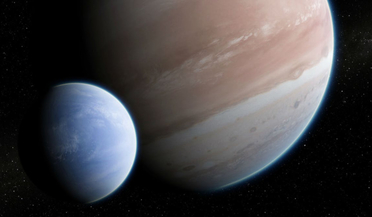 01 May 2019
Evidence for first confirmed exomoon under question
01 May 2019
Evidence for first confirmed exomoon under question
... researcher René Heller and colleagues, backed up the findings by saying that “strong statistical evidence for a roughly Neptune-sized exomoon,” was in agreement with their analysis. However, the support for declaring an official find stopped...
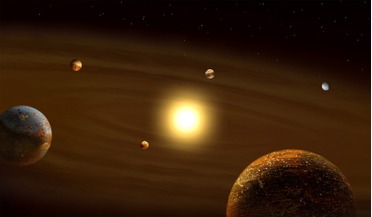 27 July 2019
Hundreds of new planet candidates detected by Kepler
27 July 2019
Hundreds of new planet candidates detected by Kepler
... describes what seems to be an apparent lack of planets with sizes between 1.5 to 3.8 Earth radii – the super-Earth to mini-Neptune class of exoplanet. Why would planets of this size appear to be rare? One explanation to account for the anomaly...
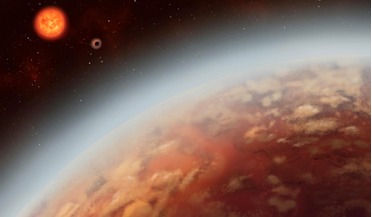 11 September 2019
First detection of atmospheric water vapour on 'super-Earth' in habitable zone
11 September 2019
First detection of atmospheric water vapour on 'super-Earth' in habitable zone
... a mass higher than Earth's, but substantially below those of the Solar System's ice giants, Uranus and Neptune (which are 14.5 and 17 times Earth's, respectively). The term is something of a misnomer though as it refers only to the mass...
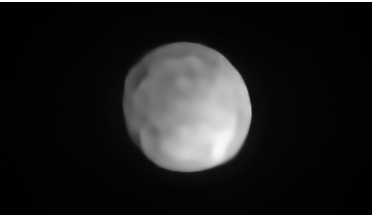 28 October 2019
Hygiea asteroid could turn out to be the smallest dwarf planet yet
28 October 2019
Hygiea asteroid could turn out to be the smallest dwarf planet yet
... Pallas in the mass and volume department. At present, Ceres is currently the only unambiguous dwarf planet inside Neptune's orbit. So what does it take to be classified as a dwarf planet? As an object in the main asteroid belt, Hygiea already...
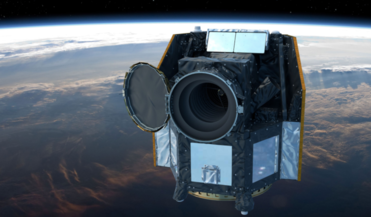 16 December 2019
Cheops, ESA's exoplanet watching telescope launches tomorrow
16 December 2019
Cheops, ESA's exoplanet watching telescope launches tomorrow
... programme, to uncover precise size measurements of these already identified exoworlds which range from super-Earth to Neptune-sized planets. The planet watcher will make these high-precision observations by measuring the minuscule brightness ...
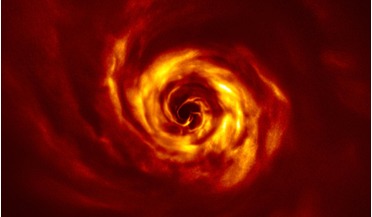 20 May 2020
Twisted feature could be the first direct evidence of a baby planet being born
20 May 2020
Twisted feature could be the first direct evidence of a baby planet being born
... of planet formation, adds Dutrey and this one lies at about the same distance from the star as Neptune from the Sun. Soon astronomers should be able to get even more detailed views of planets in the making...